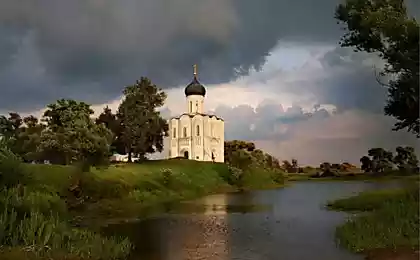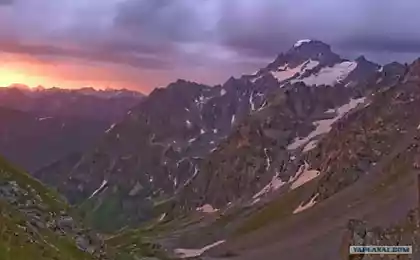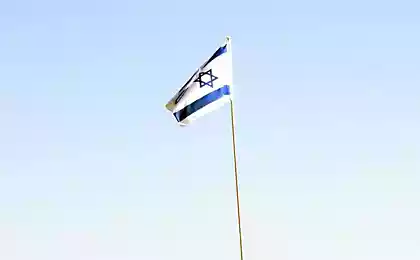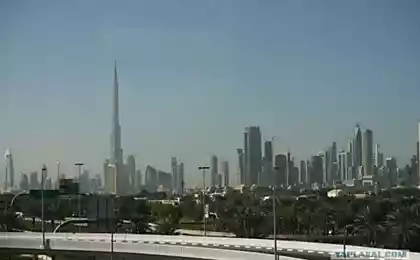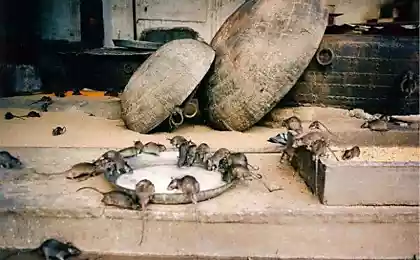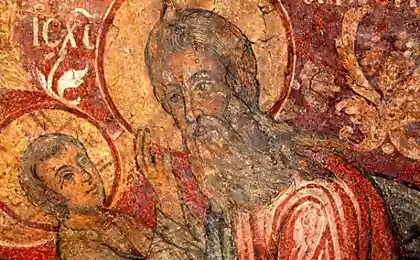583
Garden of 15 rocks of the ryōan-JI temple

Garden of 15 rocks of the ryōan-JI temple in Japan — is the most famous rock garden in the world.
Zen ryōan — JI temple- the name translates as Temple of the Dragon Mironov — is located in the North-Western part of Kyoto. Owns them the direction Rinzai related to school, Masindi.
Over its long history, the place where today is located reandzi, passed from hand to hand samurai clans. The temple itself appeared in the 14th century at the behest Hosokawa Katsumoto, who bequeathed it to build here after his death, a sanctuary of Zen. Today reandsi are seven graves of Japanese emperors, which was restored in the 19th century, after a period of desolation. Unfortunately, the existing temple is almost nothing left of the ancient buildings as the property suffered repeatedly from fires.
But the main object, glorified the temple of the whole world, is definitely the rock garden. This is the best place suited for meditation, which plays a large role in the practices of Zen. Man-made composition is minimalistic — just rocks, moss and gravel, but full of deep symbolism.

The fact that while in the garden of 15 rocks, but standing at any point on the veranda of the temple, one can observe only 14 of them — one of the stones is always hidden. Usually this is interpreted as follows — when one reaches the state of enlightenment can see all 15 stones. For example, all the stones will be visible at the same time, if to soar up above the porch. Among the many interpretations of the symbol of inaccessibility of the 15th of the stone there is such — it is impossible to know the whole world using only a scientific approach, but all the missing can be found in his soul. You may recall in this connection, and the words of the Buddhist monk Tessen Juices on that rock garden you can find "the art to reduce thirty thousand miles up to a distance of one foot".
Many had been in the temple celebrate the extraordinary state of harmony and peace that arises when observing rocks.
The dimensions of the rock garden is small — 30 by 10 meters. All the stones divided into five groups, which are separated from each other by green moss. The surface of the garden filled with white gravel with a rake divided into flat strips. Around the garden, where it is not adjacent to the veranda, set a low clay fence.
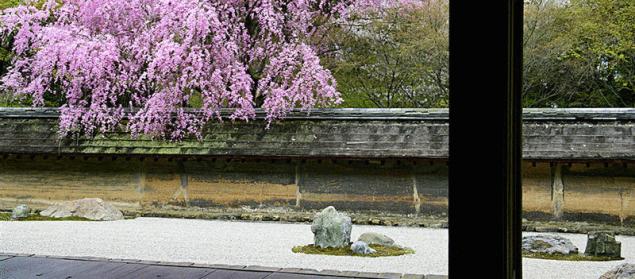
Interestingly, it is still unknown who was the author directly rock garden, created in the 15th century. It remains a mystery exactly what meaning was put by the Creator of this extraordinary work of art in his creation. In the future, made many assumptions about this, for example, that the 5 stones represent Arhats — disciples of the Buddha (supposedly one of the 16 Arhats was missing, to the number of stones was odd). One sees in the rocks a tigress with cubs, crossing over the Creek is the story of an ancient Chinese legend. Other people the stones represented Islands and rocks in the sea waves, which are formed by strips of white gravel. It is believed that the stones of the garden is frozen spirits.
Interesting version of a Japanese specialist Masao Haviva, who believes that until the 17th century, the main object of contemplation and worship in the garden was a rare beauty of Sakura, and the stones were just a background that didn't pay much attention. And only in the 20th century people became interested in a stone miniature of the ryōan-JI temple and look for its sacral meaning in the alternation of fullness and emptiness.
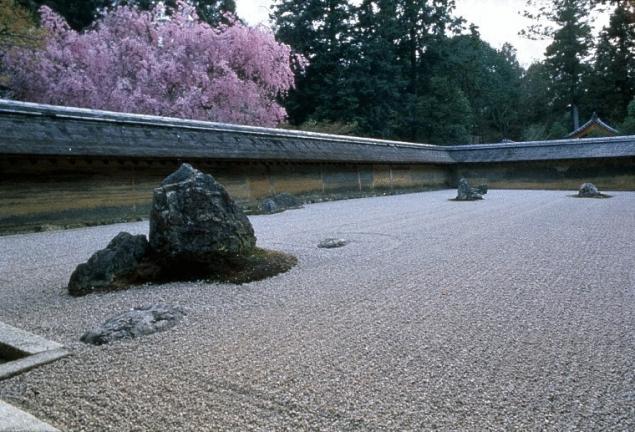
If you come to the veranda to view the stones from the back side, you can see the unusual stone vessel in which water constantly flows, designed for ritual ablutions. It reandsi Tsukuba — its edge is nearly flush with the ground, so to scoop up the water, you need to bend, thereby expressing their respect. On top of the stone carved with four characters that can be read as "I only know a lot". It is believed that this dictum related to the materialistic essence of Buddhism, i.e., only knowledge has value. Or more philosophical interpretation — "that everyone has is all he needs".published
Source: samopoznanie.ru/sacral_areas/sad_15_kamney_hrama_rjoandzi/
Ruslan Narushevic: Founding marriage in general is not in marriage
10 of the best varieties of tulips zelenotsvetnaya
